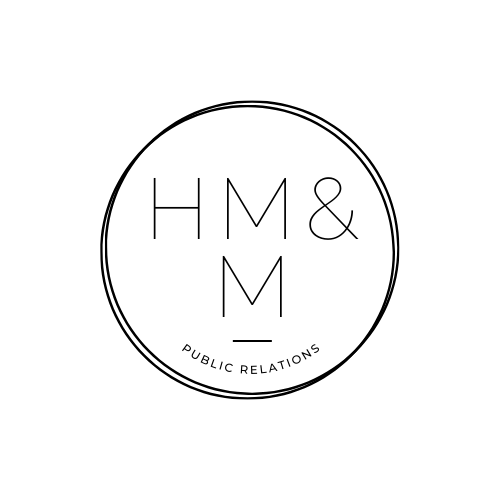By Mary Nguyen
Despite the emergence of new digital media, email remains one of the most effective and powerful channels to reach new customers.
Whether your aim is to grow your business, acquire new leads, launch a product or offer a promotion, email is the medium that marketers turn to time and time again to deliver superior results.
The numbers back this up: every $1 spent in email marketing generates $38 in ROI. It consistently generates the highest ROI compared to TV, radio, online video, social media, display, paid search and affiliate marketing and is 40 times more effective at acquiring new customers than Facebook or Twitter.
A favourite with marketers, EDM’s appeal is in its cost-effectiveness. A typical EDM campaign requires a fraction of the time and materials compared to a traditional mail send-out thanks to the wealth of automation tools available to do the grunt work of compiling contact info, creating email templates and scheduling communications.
Why is Electronic Direct Mail or EDM so effective?
As messages are delivered personally to customers’ inboxes, emails are a great way to build brand presence and establish rapport with target audiences. With some 91% of US customers still accessing email daily, the platform is both a dependable workhorse and a source of new and exciting innovations. For instance, email interfaces are becoming more intuitive, user-friendly and customisable.
“Email has gotten much smarter and easier to use, while retaining its ubiquity and interoperability,” remarked tech commentator Alexis C. Madrigal.
The bottom line is no matter how many new messaging applications appear, the functions and sheer feel of email can’t be easily replicated, which is why it remains so popular. One caveat to keep in mind is that the increasingly intelligent platform is also getting better at filtering out marketing communications. For email marketing to work, brands must consistently deliver relevancy to their audience or risk losing them.
Personalisation is key to EDM
At its core EDM is relatively straightforward to execute. Beginning with your customer database, marketing messages are tailored, sent out then analysed via click through rates, purchases and other online data. The hard part is how to make sure your brand stands out in an inbox stuffed full of competing messages.
This is where personalisation and proper segmentation is important. Generally, the more personalised the email, the better. For example homewares retailer Williams-Sonoma reported a tenfold improvement in responsiveness by personalising emails based on customer’s on-site and catalogue shopping behaviour.
More in-depth targeting will break your customer database into various categories that cover demographics, psychographics, location, lifestyle and behaviour to deliver maximum EDM impact. It helps to fill out your customer profile as much as possible.
A complete database not only includes contact details like email, phone number and address but should also contain other basic info like gender and age. Keep in mind privacy laws require an individual’s consent to collect personal information. Be sure to include a privacy policy that discloses how the customer’s information will be used.
Tips on how to get started with EDM:
Invite your leads to subscribe to newsletters and other content
Offer a discount or other promotion to gain more subscribers
Give access to downloadable content like ebooks or templates in exchange for contact info
Collect customer info through other channels such as in-store
Use an EDM management platform and take advantage of their email templates and contact book
Tailor your message
Now that you have a refined customer database, it’s time to send out that email. A compelling message should be simple, clear and have a purpose whether it’s a promotion to refer-a-friend or an exclusive pre-sale offer. The two most important components of an EDM is its subject line and its call to action. It’s also crucial to factor in mobile-friendly emails when designing your EDM since up to 77% of emails are opened on mobile phones.
Make the subject line catchy and interesting enough to entice the customer into opening your email. EDM platform Mailchimp offers the following tips:
Personalised subject lines: Personalised emails are more likely to be opened and may work well when combined with transactional emails like birthday deals, post-purchase follow-ups or other promotions.
Be descriptive: Cut to the chase instead of using slogans, try to describe the benefits of your promotion or a specific deal.
Keep it short: Mailchimp recommends using no more than 9 words and 60 characters to be mobile-friendly.
Limit punctuation: Use no more than 3 punctuation marks per subject line to avoid making your email look like spam.
For the big send out, it pays to keep in mind which days are optimal. Statistically, there’s not much difference in how emails perform day-by-day but overall weekday emails are best while weekend emails tend to be ignored.
Source: Campaign Monitor
Analysing EDM
The beauty of EDM is that platforms automatically collate all the data you need to measure your campaign performance sometimes even intelligently suggesting ways to make it work better in future. A part of this is keeping an eye on which subject lines do best, which emails are opened and whether your call to action has been successful in converting new customers. Finding the perfect combination of subject line and matter is a process of trial and error but savvy brands reap the benefits once they’ve mastered the art of EDM.
Need PR and Marketing help?
Pick up new PR tactics for small businesses, find out what your PR rep really wants you to know before engaging their services, learn how to put together a media kit and more on the HM&M Insights blog.





